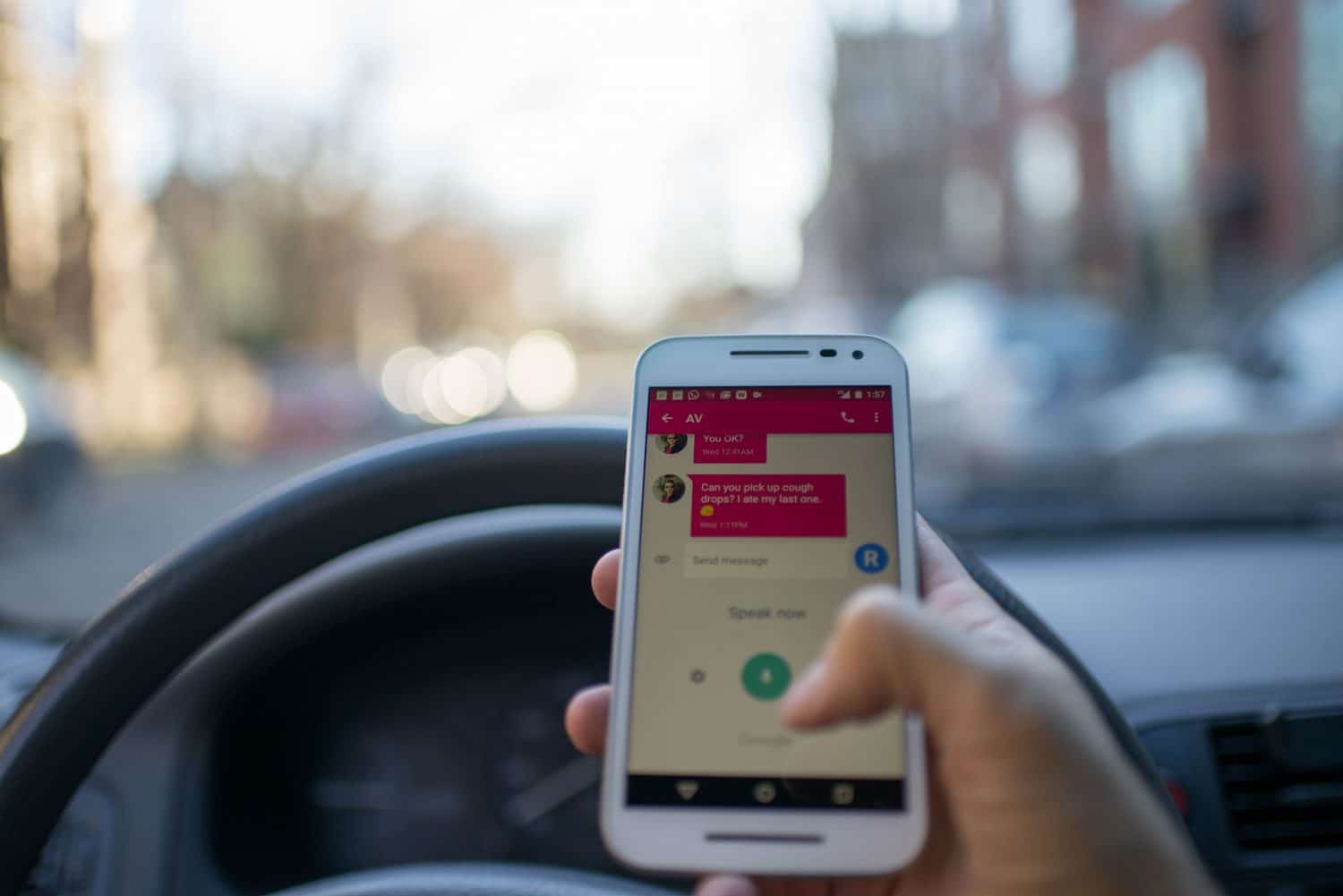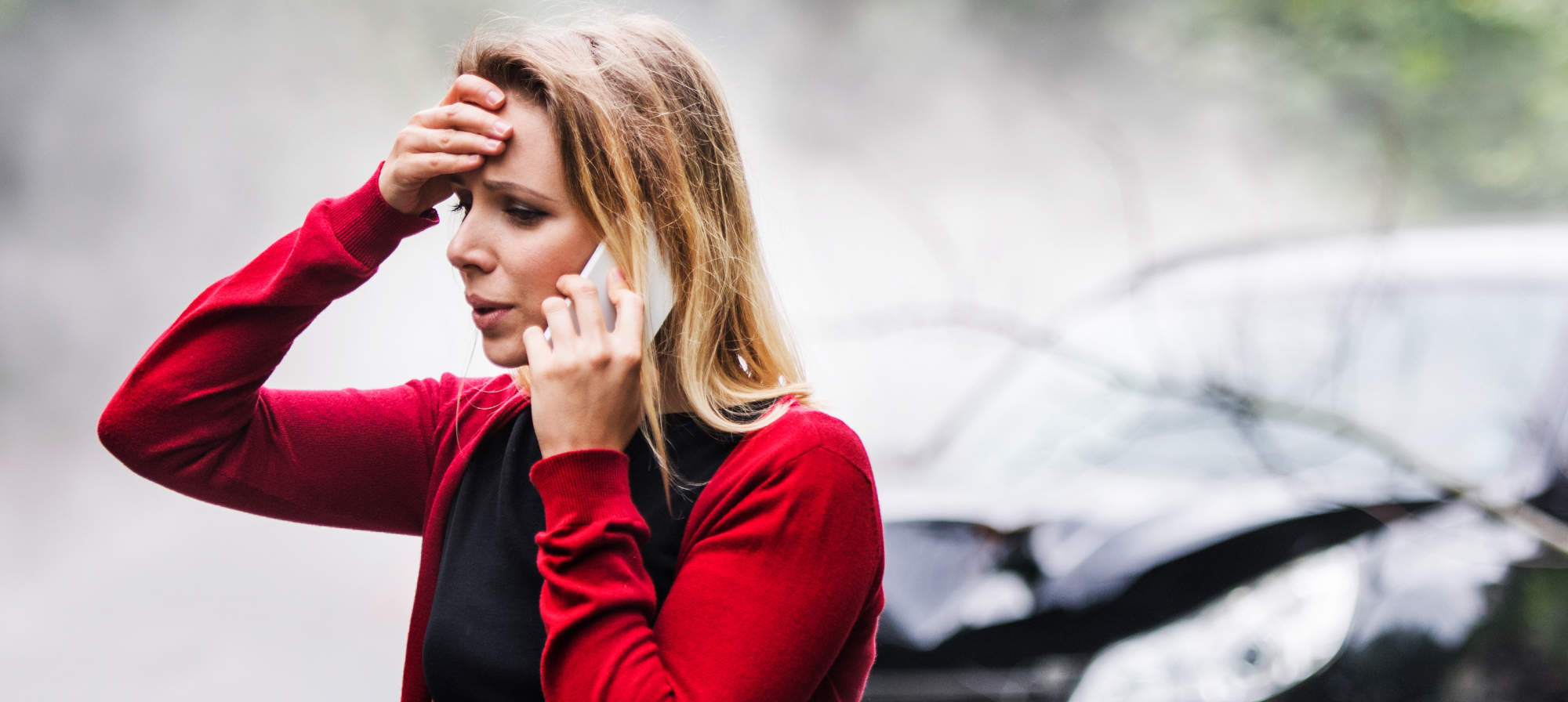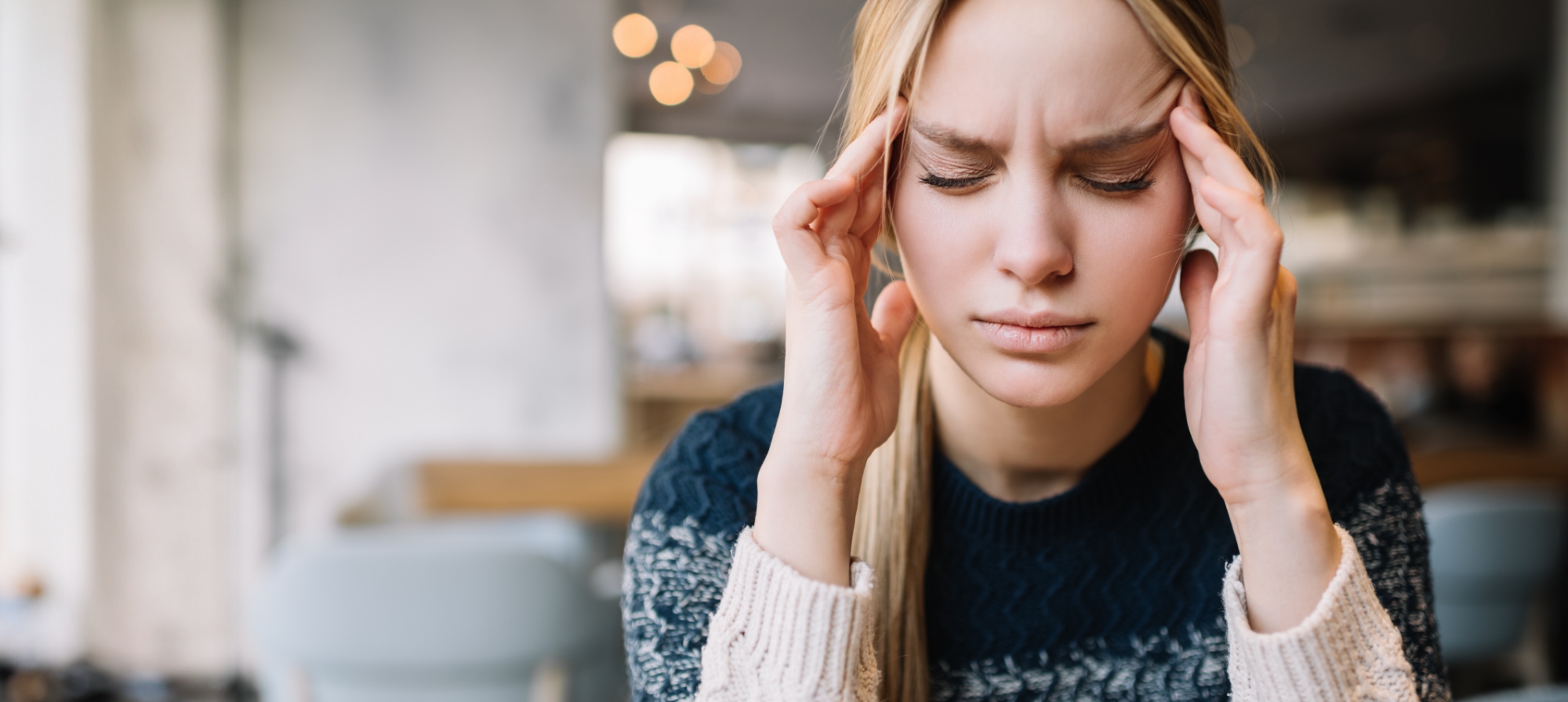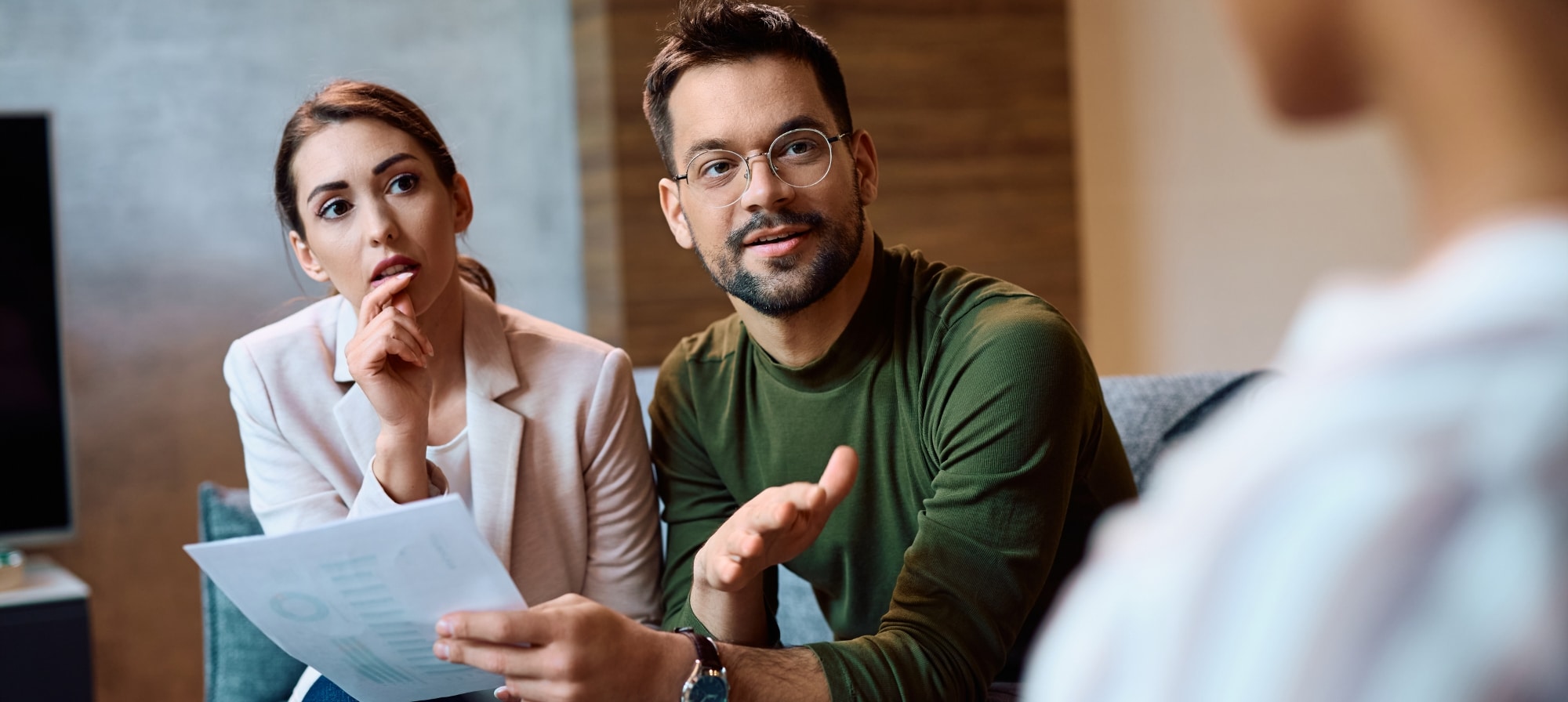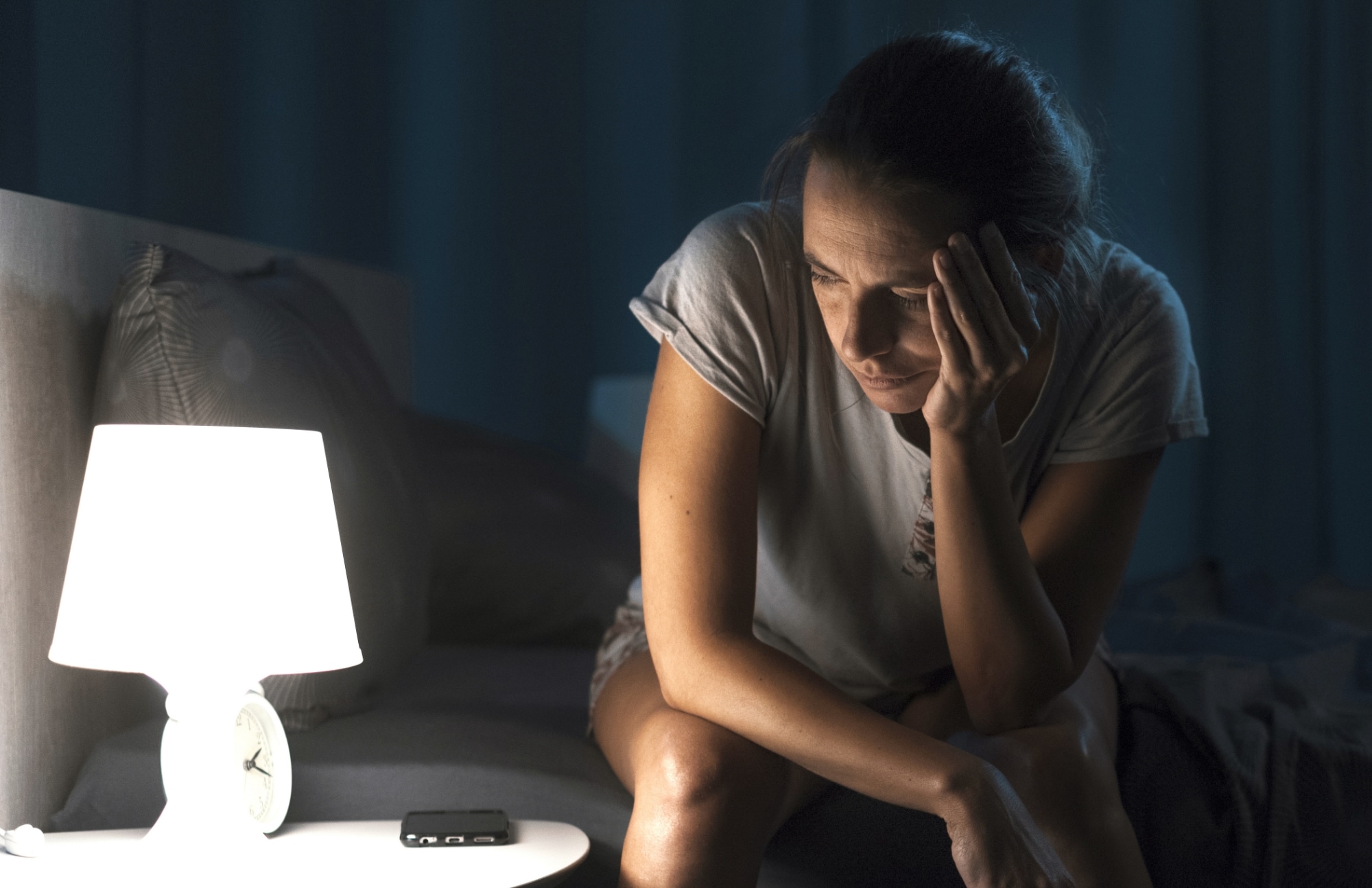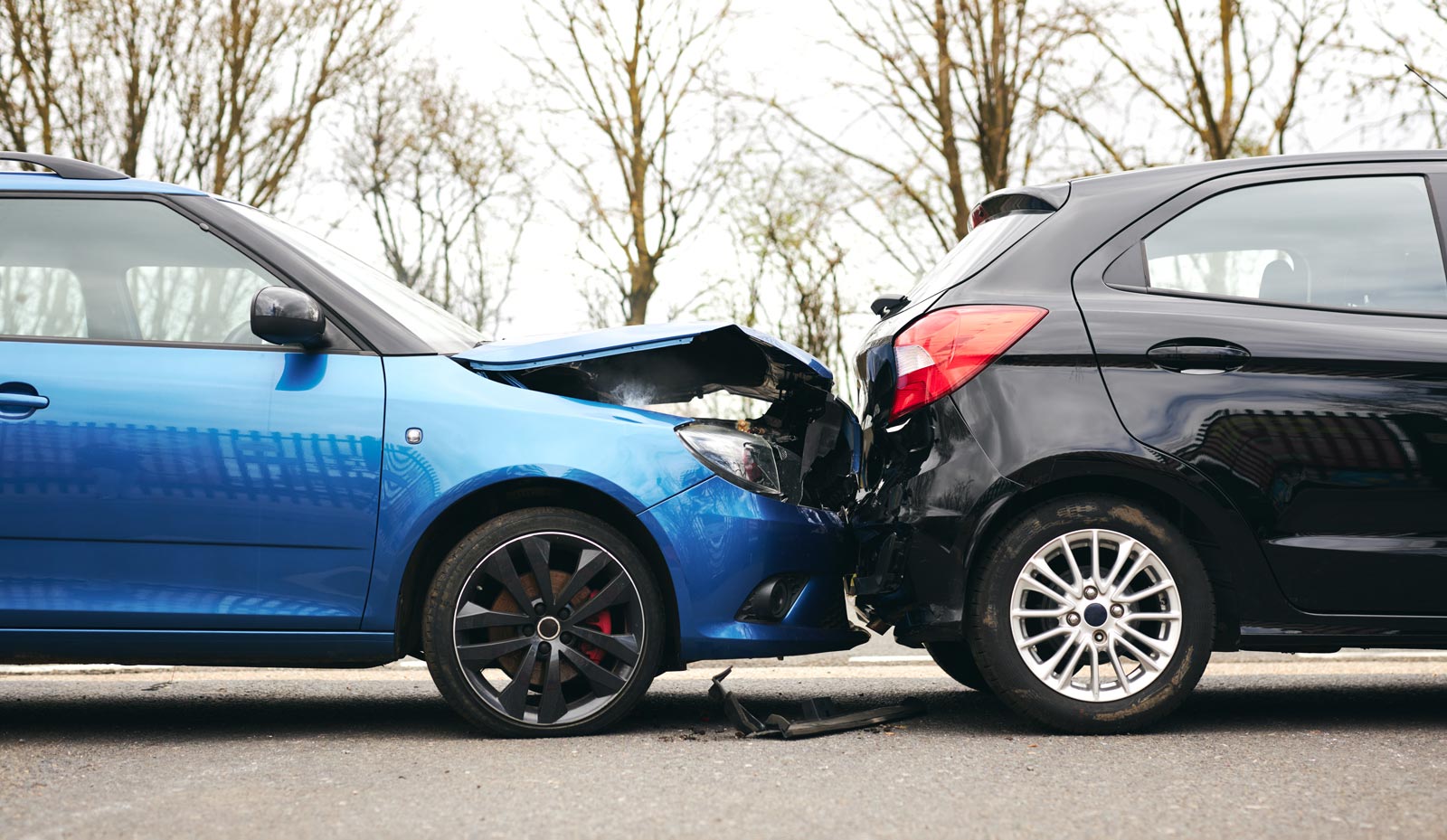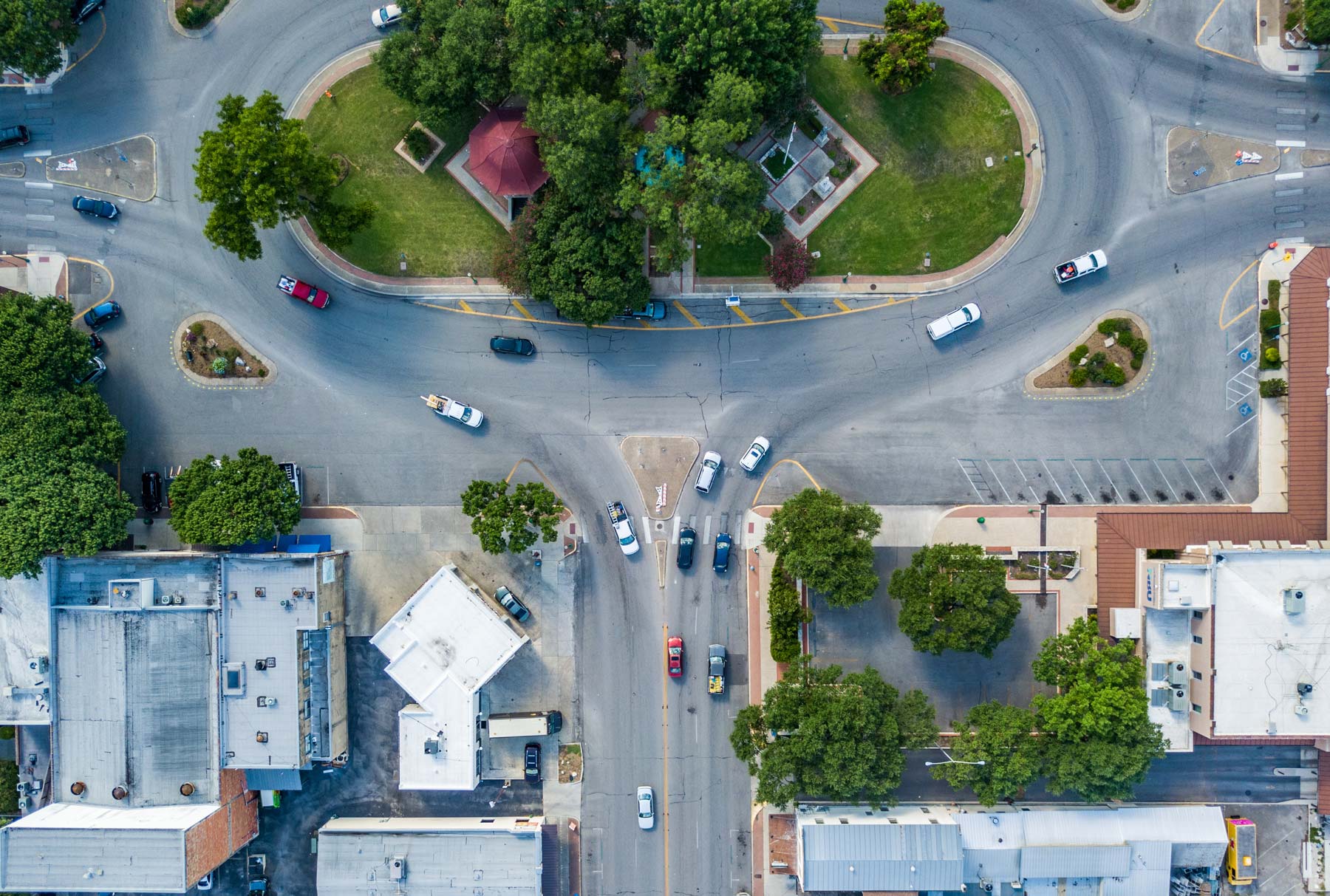Distracted driving contributes to one in five Texas vehicle accidents, and cell phone use is one of the most common types of distracted driving. Unfortunately, poorly enforced cell phone and texting laws have a minimal impact on accident rates.
At Crosley Law Firm, we believe that Texas and San Antonio’s cell phones laws can help reduce the number of serious distracted driving injuries. We also recognize that people will still break the law — and no victim of a careless distracted driver should be responsible for the costs and damages associated with their injuries.
Below, we’ll explain what distracted driving laws currently exist and what you can do if you’ve been injured or lost a loved one because of someone else’s reckless distracted driving.
Texas’ Texting While Driving Laws
Compared to other states, Texas was slow to adopt cell phone use laws. The United States’ first cell phone law became effective in 2001 in New York. Today, Montana is the only state that does not have any type of cell phone or texting while driving law.
Texas’ first cell phone laws limited cell phone use by minors, bus drivers, and people driving in school crossing zones. In 2014, San Antonio passed a cell phone ordinance prohibiting drivers from using mobile phones (either for phone calls, texts, or other purposes) in any moving vehicle. Exceptions were made for mobile phones in hands-free mode or when affixed to a vehicle as a navigation system. The San Antonio ordinance imposes up to a $200 fine.
“The Texas law imposes up to a $99 fine for first-time offenders and up to a $200 fine for repeat offenders.”
On September 1, 2017, Texas banned drivers from reading, writing, or sending text or other electronic messages while operating a vehicle. The Texas law imposes up to a $99 fine for first-time offenders and up to a $200 fine for repeat offenders.
Distracted Driving Laws Prevent Some, But Not All, Car Accidents
We’re all incredibly reliant on our mobile devices, using them for communication, navigation, entertainment, and more. Even the most responsible drivers struggle to put down their phones and focus on the road — even if the law prohibits it.
Research shows that our dependence on phones exceeds our fear of the law. Laws and ordinances only cause modest reductions in the frequency of cell phone use while driving and the number of serious cell phone-related accidents. For example, according to a study in the American Journal of Public Health, texting bans only reduced crash-related hospitalizations by 7%.
This is particularly true of less-experienced teenage drivers. Studies suggest that teenagers are less likely to be discouraged by cell phone laws. Teenagers are also more likely to use social media and augmented reality apps while driving. For example, an 18-year-old Georgia driver lost control of her car while using a Snapchat speedometer filter. She was reportedly trying to reach 100 mph on the filter—and also “snapped” her ambulance ride after the accident.
Related Blog: 4 Simple Things You Need to Know if Your Teen Is Involved in a Crash
However, studies suggest that strict enforcement of cell phone laws can reduce cell phone use while driving by 32% to 57%. Highly publicized enforcement actions and increased penalties help discourage drivers from using their cell phones. Similarly, publicizing cell phone-related personal injury lawsuits and verdicts may have a chilling effect on distracted driving.
What Should I Do if I’m Hurt by a Distracted Driver?
At Crosley Law Firm, your safety is our top priority. After a car crash, you should seek immediate, necessary medical treatment for your injuries. If you do not need emergency medical care, you should safely document the circumstances surrounding your accident.
Evidence of the other driver’s cell phone use before or during a collision might strengthen your liability claims. If you know the at-fault driver was using a mobile device before or during your accident, report it to law enforcement. You should also identify witnesses who saw the driver using a cell phone. Finally, your San Antonio car accident lawyer can help you get copies of the driver’s cell phone records and data, which might confirm the driver’s phone use.
Get Your Free Ebook: 5 Mistakes to Avoid After an Auto Accident
Crosley Law Firm: Fighting for Crash Victims in San Antonio and Throughout Texas
At Crosley Law Firm, we see the devastating impact of cell phones firsthand. We know that looking away from the road for even a few seconds can have catastrophic results. It’s not uncommon for negligent drivers to deny cell phone use, only to be proven wrong by witnesses and their cell phone data. We work with car accident victims to identify distracted, at-fault drivers, and we fight to get them fair compensation for their injuries.
If you or a loved one has been injured by a distracted driver, contact us through our simple, online form or by calling 210-LAW-3000 | 210-529-3000. We offer a no-fee policy and free consultations.
References
Capatides, C. (2016, April 27). Snapchat’s speed filter blamed for bloody crash. CBS News. Retrieved from https://www.cbsnews.com/news/dangerous-snapchat-speed-filter-blamed-for-bloody-crash/.
Cellular phone use and texting while driving laws (2017, June 23). National Conference of State Legislatures. Retrieved from http://www.ncsl.org/research/transportation/cellular-phone-use-and-texting-while-driving-laws.aspx.
Ferdinand, A., Menachemi, N., Blackburn, J., Sen, B., Nelson, L., & Morrisey, M. (2015, May). The impact of texting bans on motor vehicle crash-related hospitalizations. American Journal of Public Health. Retrieved from https://www.ncbi.nlm.nih.gov/pmc/articles/PMC4386499/.
McCartt, A., Kidd, D., & Teoh, E. (2014, March). Driver cellphone and texting bans in the United States: Evidence of effectiveness. Annals of Advanced Automotive Medicine. Retrieved from https://www.ncbi.nlm.nih.gov/pmc/articles/PMC4001674/.
The content provided here is for informational purposes only and should not be construed as legal advice on any subject.
